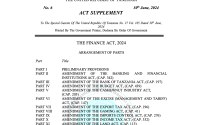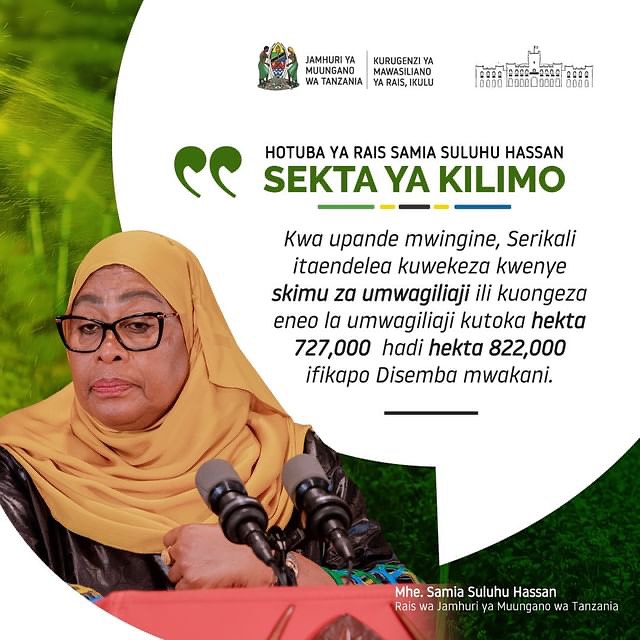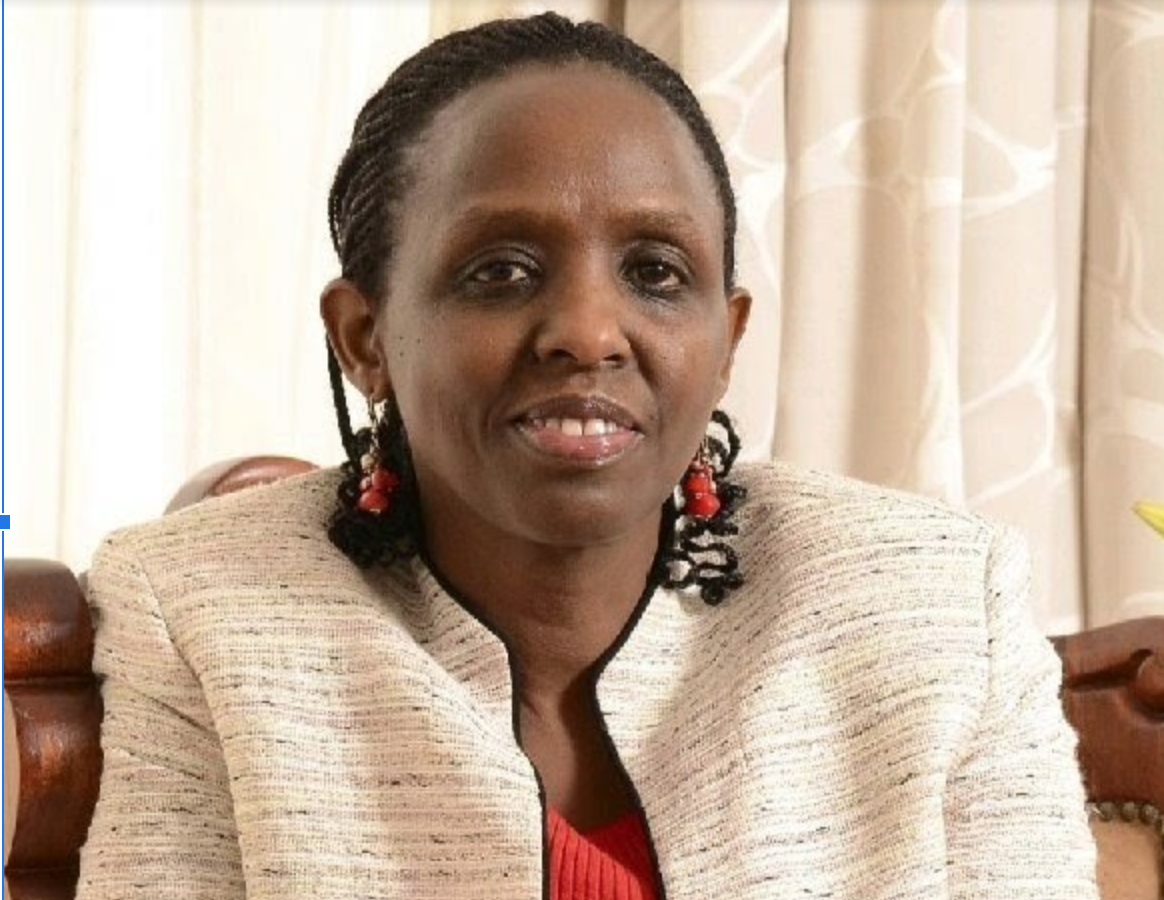Soil Information Systems: The New Digital Frontier in Agriculture and Environmental Practices
In an era where digital technologies permeate every aspect of our lives, the importance of soil – the very foundation of our food system – has gained newfound emphasis. CABI, an international not-for-profit organization, has initiated a comprehensive review of national Soil Information Systems (SIS) across ten countries to revolutionize the way we access, understand, and use soil data.
A Digital Revolution for Soil Management
At its core, a Soil Information System makes soil data available through an online portal, service, or website. By incorporating innovative digital soil mapping techniques, it offers detailed insights into soil properties and health. Such data-driven insights are crucial for making informed decisions in agriculture and environmental practices.
These systems not only serve the academic and research community but are vital tools for government officials, agricultural advisors, and farmers. By understanding the soil’s condition, fertility, and nutrient levels, better management practices can be adopted. The ultimate aim? Sustainable, environmentally-friendly farming and resilient food systems.
A Collaborative Effort with Global Impact
CABI’s review, titled ‘Soil Information Systems Review: a process toward strengthening national soil information systems’, aims to create a replicable ‘Framework for Intervention’ for SIS development.
The countries under review span from Africa to Australasia – including Ethiopia, Ghana, Lesotho, Rwanda, Tanzania, Zambia, Uganda, New Zealand, Australia, and the USA. The study, funded by the Bill & Melinda Gates Foundation and in partnership with ISRIC – World Soil Information, goes beyond mere data collection. It involves interviews with key players in SIS development, understanding the successes, failures, and potential opportunities in each region.
Challenges Ahead: National Ownership & Data Security
While there have been significant advancements in the past decade, challenges persist. National support and ownership of SIS development have been low, often leading to unsustainable systems. Moreover, concerns regarding data quality and standards, data security, privacy, resourcing, and technical infrastructure highlight the complexities of implementing such systems.
Dr. Martin Parr, Director, Data Policy, and Practice, emphasizes the sustainability of these systems. “It’s crucial that SISs can operate independently once external funding stops,” he stated. Highlighting CABI’s hands-on experience with previous national SIS projects, Dr. Parr emphasized the need for a tailored approach, recognizing that a one-size-fits-all solution is impractical.
From Historical Review to Future Roadmaps
The breadth of CABI’s work is commendable. Alongside a historical review of SISs, they are evaluating the latest technological options for soil. They are also working on Target Country Roadmaps for national SIS development and fostering international soil community engagement and advocacy.
Pascale Bodevin, Project Manager, sheds light on the project’s current phase: “Our findings are shaping the development of SIS archetypes, providing tangible options for a functional SIS.” She hopes that lessons learned from both successful and unsuccessful practices will form the foundation of the ‘Framework for Intervention Design’.
The comprehensive review by CABI heralds a new era for soil information systems. It’s a journey from understanding the soil’s past to shaping its future, ensuring that our most basic resource is well-understood, managed, and preserved for generations to come.


